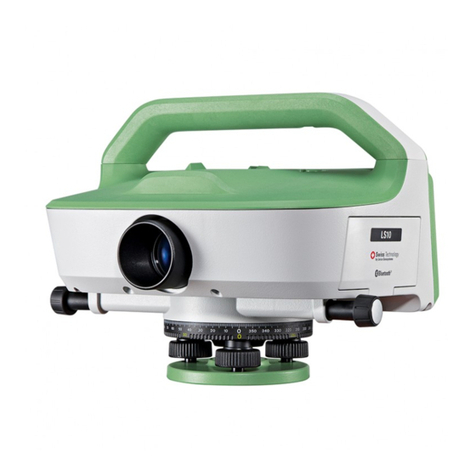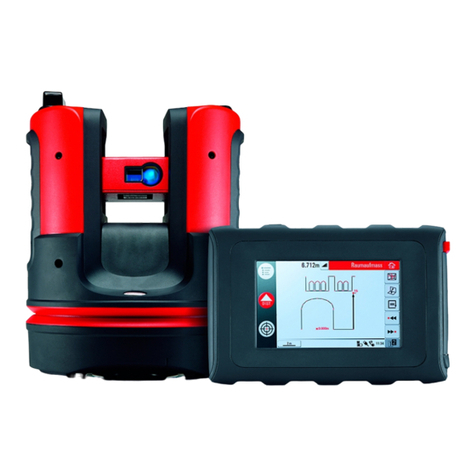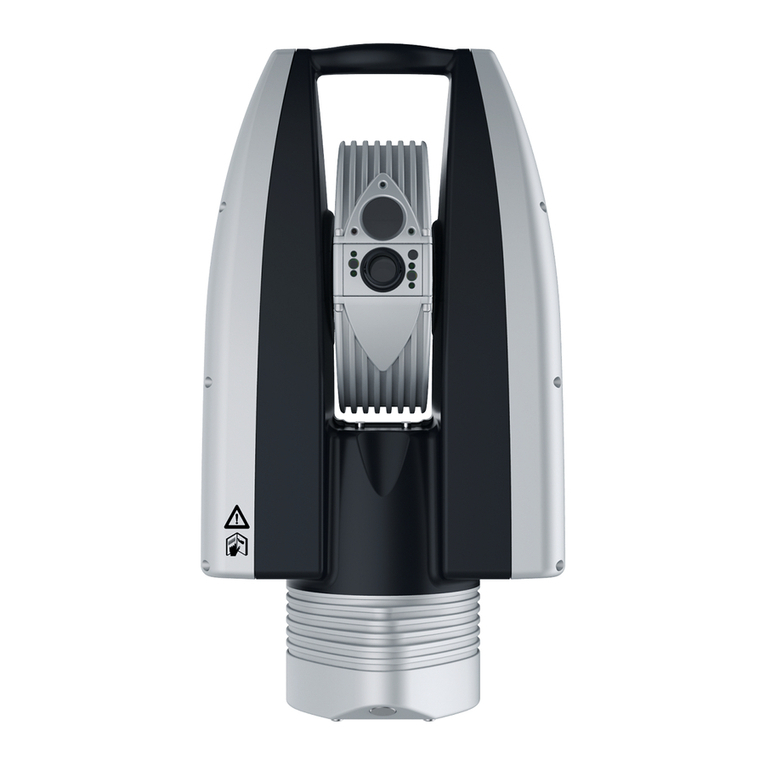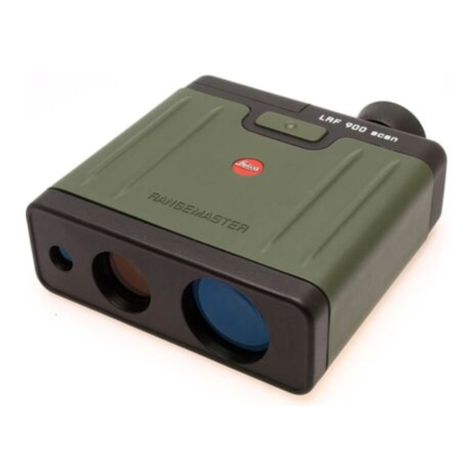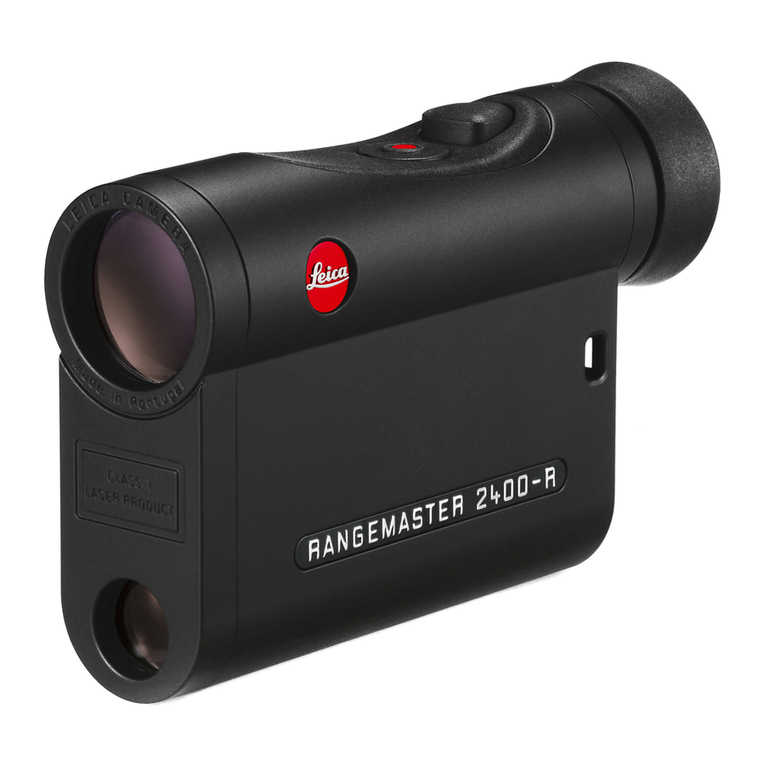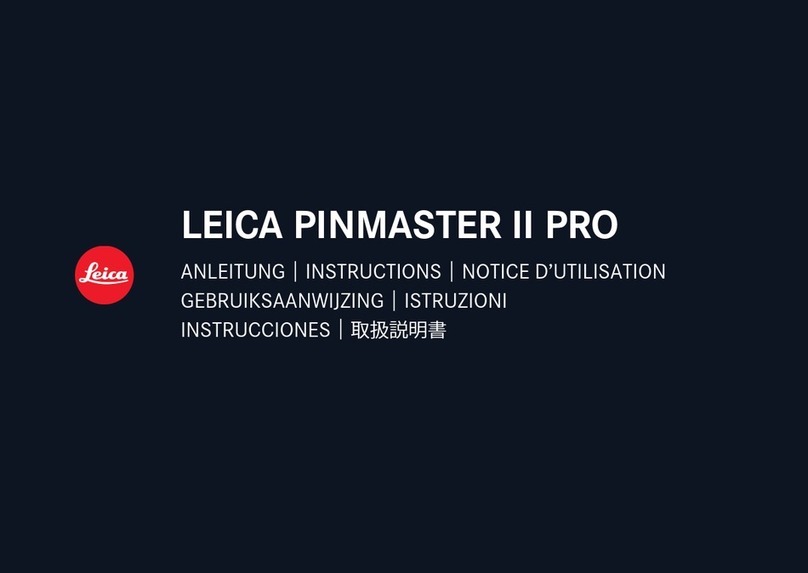
Technical data
Technicaldata
Leica Lino L2P5/L2P5G 3
Description L2P5 L2P5G
Beam direction/fan angle Vertical / >170°, Horizontal / >180°
Point direction Up, down, right, left, front (90°/180°)
Range* 25 m (82 ft) 35 m (115 ft)
Range* with receiver 80 m (262 ft)
Levelling accuracy ±0.2 mm/m = ±2.0 mm @ 10m (±0.002 in/ft = ±0.08 in @ 33ft)
Horizontal/Vertical line accuracy ±0.3 mm/m (±0.004 in/ft)
Point accuracy ±0.2 mm/m (±0.002 in/ft)
Self-levelling range ± 4 °
Self-levelling time < 3 s
Out-of-level warning Yes - blink lines every 5 s
Levelling system Automatic pendulum lockable
Laser type 635 ± 5 nm, Class 2 (acc. IEC 60825-1) 525 ± 5 nm, Class 2 (acc. IEC 60825-1)
Protection class IP 54 (IEC 60529) dust and splash water
Drop resistant 6 x 0.5 m (1.64 ft)
Battery type Lino Li-Ion battery pack 5200 mAh / 18.7 Wh (3 alkaline AA)
Operating time with Li-Ion battery** 26h (2 beam + 4 point)
up to 44h (1 beam + 2 point) continuous
15h (2 beam + 4 point
up to 28h (1 beam+ 2 point) continuous
Operating time with alkaline batteries** 8h (2 beam + 4 point)
up to 13h (1 beam + 2 point) continuous
4h (2 beam + 4 point)
up to 7h (1 beam+ 2 point) continuous
Automatic shut-off Available
Dimensions (L x W x H) 110 x 60 x 100 mm (4.33 x 2.36 x 3.93 in)
Weight with Li-Ion battery 530 g (1.17 lbs)
Operating temperature -10…+50 °C (+14…+122 °F)
Storage temperature -25…+70 °C (-13…+158 °F)
Laser line width at 5m distance < 2 mm (<0.08 in)
Tripod thread 1/4’’ (+ 5/8’’ with adapter)
Pulse power for receiver Yes, auto
* depending on lighting conditions
** @20 °C /68 °F






